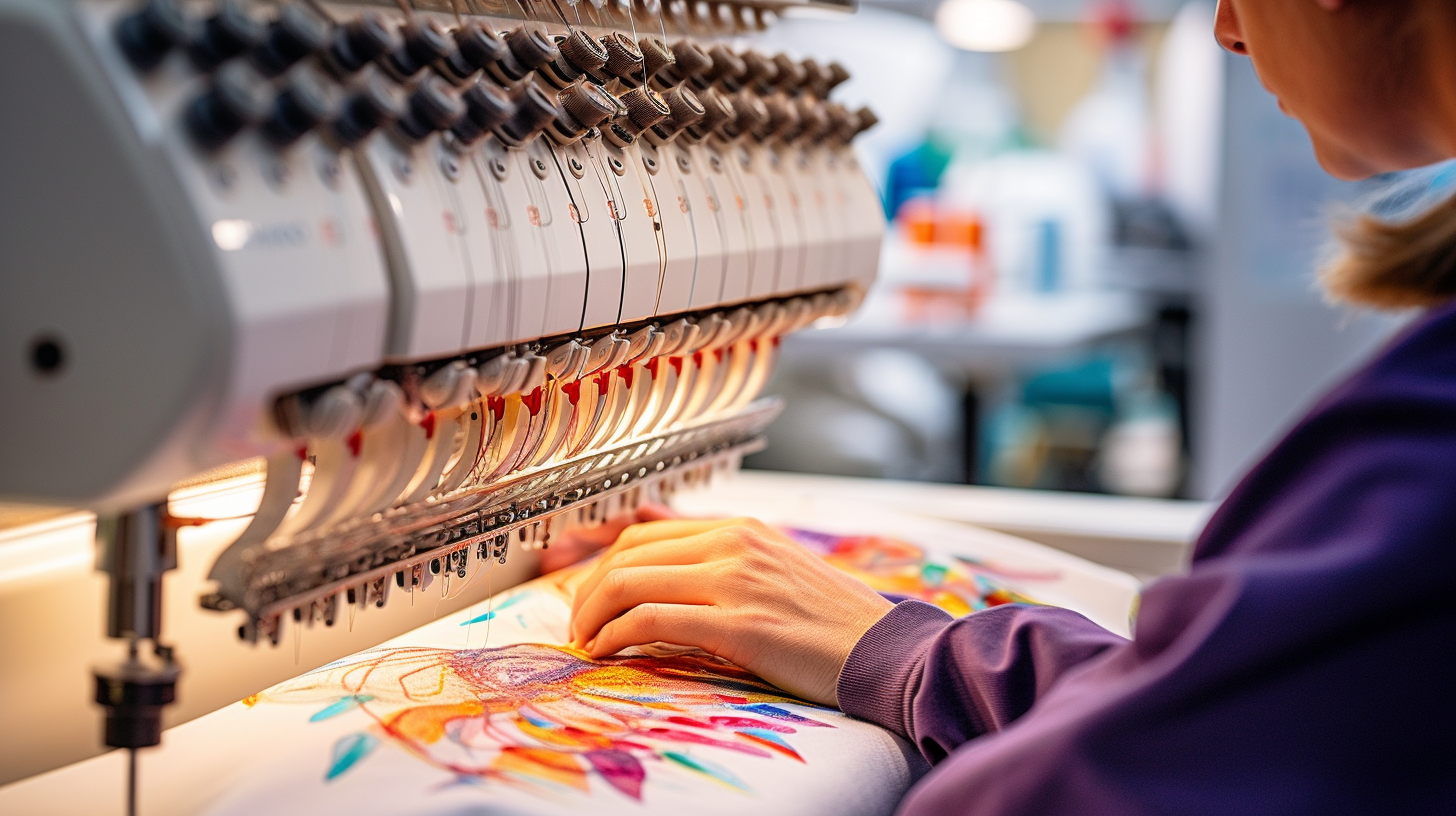Customized Digitizing for Embroidery: Customized to Your Requirements
Explore Various Types of Needlework Digitizing Strategies
Needlework digitizing has developed dramatically throughout the years, providing a myriad of methods to bring styles to life in the digital realm. From the detailed creativity of traditional hand needlework digitizing to the precision of the boxing strategy, and the benefit of auto-digitizing software application, the choices are large. Moreover, the realm reaches advanced techniques like photorealistic needlework digitizing and the interesting world of 3D needlework digitizing. Each method brings an one-of-a-kind set of possibilities and challenges to the table, making the expedition of these techniques a compelling trip for those in the needlework globe.
Standard Hand Needlework Digitizing
Typical hand needlework digitizing involves the process of converting detailed hand-stitched designs into electronic layouts for equipment embroidery. This strategy needs proficient artisans to thoroughly analyze the handcrafted style and after that use specialized software application to recreate it in a digital layout. Each stitch, color, and detail needs to be very carefully equated to guarantee that the essence of the original hand embroidery is preserved in the digital version.
Among the crucial difficulties of conventional hand needlework digitizing is catching the ins and outs and subtleties of the handmade style. Digitizing for Embroidery. Artisans need to have a deep understanding of various needlework techniques, such as satin stitch, chain stitch, and French knots, to accurately reproduce these methods in the digital world. In addition, they need to have a keen eye for detail to ensure that the electronic design maintains the same degree of artistry and craftsmanship as the initial hand-stitched piece
Punching Strategy
To flawlessly change from typical hand embroidery digitizing to the boxing method, craftsmens need to currently concentrate on transforming the elaborate digital styles right into directions that embroidery devices can analyze. The punching strategy entails making use of specialized software to produce electronic documents that contain commands for the needlework device to adhere to. This process requires a deep understanding of not just the style itself but likewise the capacities and limitations of the needlework machine.

Auto-Digitizing Software Programs
Needlework digitizing has actually been changed by the arrival of auto-digitizing software program programs, giving craftsmens with advanced tools to convert digital styles right into embroidery device directions effectively. Auto-digitizing software programs make use of algorithms to analyze digital images or vector documents and create needlework layouts automatically. These programs enable quick and precise conversion of intricate layouts right into stitch patterns, saving effort and time for embroiderers.
Among the vital advantages of auto-digitizing software click here to read is its straightforward interface, making it accessible to both beginners and skilled digitizers. These programs frequently include attributes such as stitch editing and enhancing devices, thread color matching, and the capability to preview the final stitched layout. Additionally, auto-digitizing software can handle complicated designs with numerous shades and intricate details, creating high-grade embroidery documents suitable for various apparel and textile tasks.
While auto-digitizing software supplies comfort and efficiency, it is important for users to comprehend the constraints of automated digitizing. Fine-tuning and hand-operated changes might still be called for to accomplish the wanted embroidery quality, particularly when dealing with complex or one-of-a-kind styles. By leveraging the abilities of auto-digitizing software application alongside manual digitizing methods, craftsmens can improve their embroidery digitizing procedure and create stunning embroidered items.
Photorealistic Needlework Digitizing
Utilizing innovative electronic imaging methods, accomplishing photorealistic outcomes in needlework digitizing has actually become an in-demand skill among modern craftsmens. This method includes converting high-resolution images into intricate stitch patterns that carefully simulate the initial style, resulting in needlework pieces that show lifelike detail and deepness.
To attain photorealistic embroidery digitizing, craftsmens should have a keen eye for detail and a comprehensive understanding of exactly how various stitch kinds and thickness can influence the last end result. By meticulously drawing up each shade and shade in the picture, embroiderers can develop an check these guys out electronic data that guides the needlework maker to reproduce the subtleties of the original image properly.
Photorealistic needlework digitizing is particularly prominent in creating custom styles for apparel, home design, and art items where recording the essence of a picture or art work is important. This method permits artisans to change memories, landscapes, portraits, and complex artwork right into spectacular embroidered work of arts that display a mix of traditional workmanship and innovative technology.
3D Needlework Digitizing
With the improvement of electronic imaging techniques in accomplishing photorealistic outcomes in embroidery digitizing, the expedition of 'D Embroidery Digitizing' provides a brand-new measurement to the complexities of design duplication. 'D Needlework Digitizing' describes the three-dimensional digitizing method that adds deepness and appearance to embroidery layouts, developing a more reasonable and aesthetically appealing final product. This technique utilizes software program that replicates the result of light and shadow on the needlework design, enhancing its overall aesthetic effect.
One of the essential advantages of 'D Needlework Digitizing' is its capacity to make styles look even more natural and dynamic. By including depth to the embroidery layout, the last product appears extra reasonable and fascinating (Digitizing for Embroidery). Furthermore, this method permits for even more innovative liberty in design execution, allowing embroiderers to trying out different structures and effects that were formerly challenging to accomplish
Final Thought
